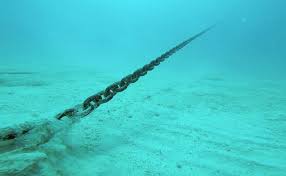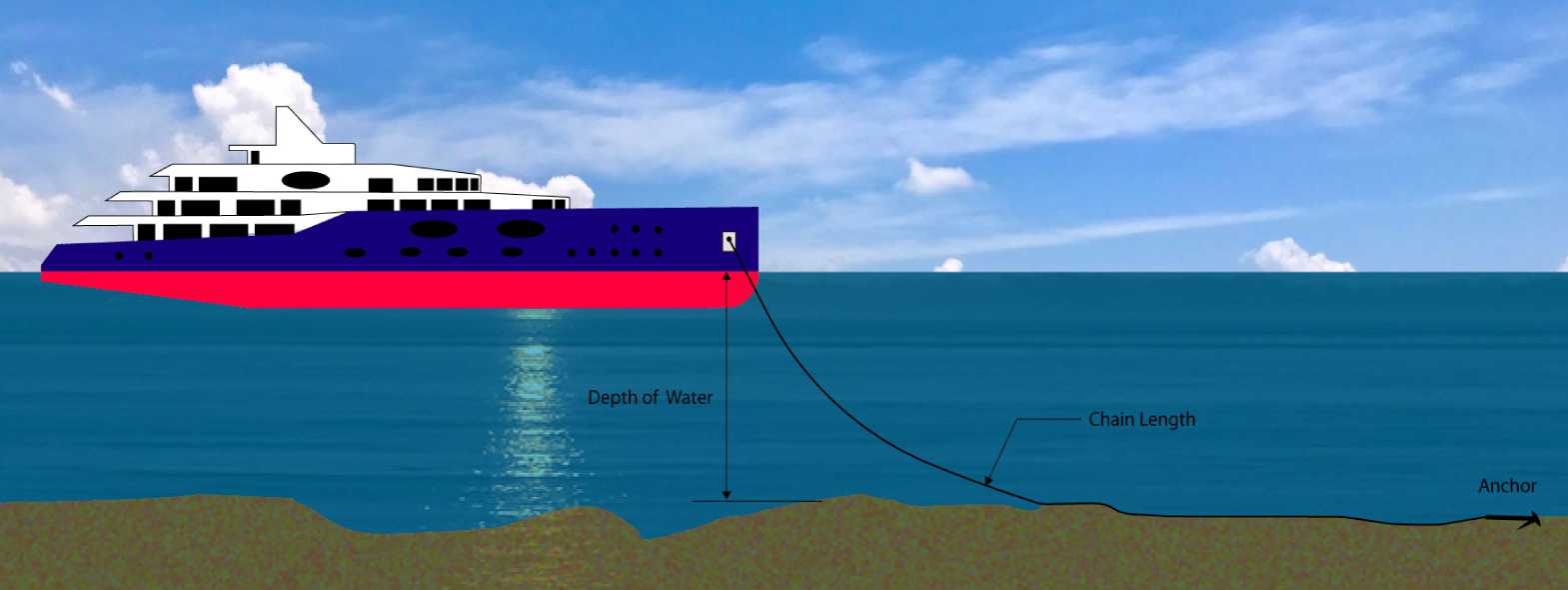While I like to have a good joke and I usually speak my mind... here in this case I will wait till the court of inquiry has released its findings before I pass judgment and I will try not to speculate.
I am not going to speculate, like a lot of people have started doing on the internet (Especially YouTube, Twitter and Fakebook comments). Including simple questions like; if you had a power failure why didn't they drop anchor?
Well we also know that there was a fire, however what we don't know was the fire the cause of the power failure? or was the fire after the power failure and the crew were fighting the hull breach and then the fire?
Why didn't they just drop anchor?
You can tell the people that ask these types of questions are have no knowledge of seamanship, never been to sea or any knowledge of how things work on a vessel of this size.
There are multiple reasons why they probably didn't drop anchor. HMNZS Manawanui is roughly in 30 metres of water about a 100ft. Just dropping the anchor and not laying the anchor is not going to do anything and stop the ship from drifting. When a vessel drops anchor, the anchor and chain is more or less laid out on the seabed, the weight of the anchor and anchor chain the the anchor slightly digging in to the seabed keeps the ship in position... (in calm weather ships can still drag anchor in high winds and seas and add in tidal movement makes even more possible to do so) The ship then basically swivels around the anchor chain due to wind and tide...
If the the ship has no power to the engines and or thrusters you can not perform this laying of the anchor chain maneuver and just dropping anchor achieves nothing.

You can't just drop anchor and have a pile of chain on the sea floor and expect it to hold the vessel in position. Also if they were already pretty close to the reef and too close to shore anyway (and or a reef) then you have other issues to consider if you drop anchor ie; the arch the ship will swivel around in the tide and winds and you have the same issue hitting the reef. Other things to consider the depth of water and how much chain you have. Sea, wind and tidal conditions as they were not exactly in a sheltered bay where you would usually anchor. There is more to it than just saying drop anchor.
So how did the Blueridge ferry drop anchor when a they lost power?
They most likely had a forward momentum making a bit easier to lay the anchor and chain and have room to actually maneuver. Also being in the Wellington harbour basin on a calm day depending where they dropped anchor, possible a lot shallower water, (and the case of Manawanui, possibly) not fighting a fire at the same time. Having that room maneuver make a big difference what should be done.
HMNZS Manawanui was most likely station keeping while they were surveying. However again that is a little bit of speculation (and I said I would not do this, however it is an educated guess as I have been on vessels doing surveys.) So if they were station keeping another words keeping the vessel in the same spot or very close to the area so the the don't loose sight of the survey team in the rhib. If this is the case they would be either very slowly patrolling couple of knots back and fourth and or using the thrusters to stay put. If I fire broke out in the engine room and the ship looses power, can't get backups online due to fire... I have a serious situation.
Did Manawanui's crew think they could get the fire under control? Who knows? again I can not speculate what was first.
Not enough water tight compartments?
Manawanui was a civilian vessel, and civil vessels have way less water tight bulk heads and doors to close to have smaller water tight compartments, The don't have the redundancies a war vessel usually have, so if there is a hole in the hull you can't seal off the surrounding bulk heads containing the any hull damage. Most of the civil water tight doors will be below water line (which is obvious) but many don't have water tight stair wells etc... A military vessel has many more water tight bulk heads and doors through out the entire ship including above the water line which can help if a ship starts to keel over or lists and can seal off smaller compartments around effected area of the vessel. Since HMNZS Manawanui was a civilian vessel she did not have this advantage. This same sealing off of smaller compartments around the effect area of the vessel can also help in a fire situation as well.
Safeguard Safeguard Safeguard Fire Fire Fire
Speaking of fire, we know there was a fire, but what we don't know is, was the fire first or vise versa, when, where or how the fire started as of yet, so; Where was the fire? The two most common places a fire could start on a ship is the engine room and the galley followed by the other areas of the ship... if the fire started in the engine room and got out of control then this would easily explain the loss of power and not being able to get onto backup power. Which then lead to a serious of events leading to the stricken vessel on the reef. And I can tell you now fighting a fire at sea is a sailors worst nightmare.
I have heard rumors on the fire... but again I am not going to speculate anything until the court of inquiry releases its findings.




